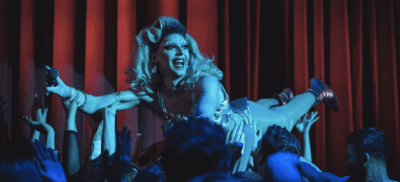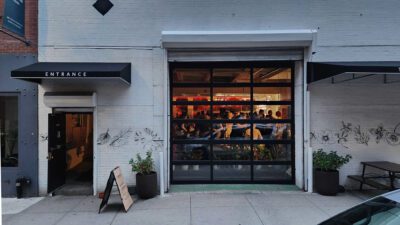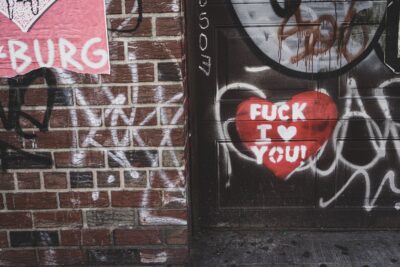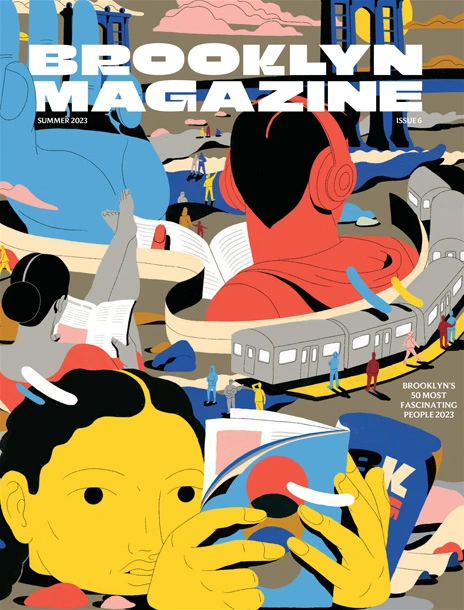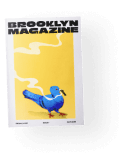What It Means to Be Human: On Alana Massey’s All the Lives I Want
“I am, I am, I am,” reads one of the many tattoos Alana Massey uncovers after falling down a late-night Tumblr rabbit hole. The quote is from Sylvia Plath’s The Bell Jar, when Esther tries to commit suicide in the bath. And the skin in question belongs to a woman who frequents “the sadder corner of the women’s Internet,” as Massey puts it, an internet subculture that valorizes Plath and dissects the complicated pain of eating disorders.
As a former columnist for xoJane, Massey is no stranger to the confessional nature of women’s writing online. There is an industry that hungers—sometimes perversely—to promote the pain women experience, but a readership that needs badly to see their experiences rendered in writing—to know they are real, shared, understood. “I am, I am, I am.”
“I struggle to think of any line…more linked to being a socialized female than to consider the declaration of simply existing to feel like a form of bragging,” Massey writes in the title essay of All the Lives I Want. She borrows this phrase, too, from one of Plath’s journal entries, an acknowledgment that we rarely get enough of anything—time, art, freedom—to feel satisfied by our choices.
For Massey, the phrase reaches even further. It encompasses the celebrities who fascinate her, the fictional characters that vex her, the nineties R&B artists who populated her middle school Discman. Where others might turn away, disinterested, Massey digs deeper. She offers close readings of Winona Ryder’s “Mall Goth…aesthetic” [3] or the “manufactured beef” between Lil’ Kim and Nicki Minaj that drove racist coverage of their individual careers.
Like the book’s subtitle suggests, Massey forges connections between her life and the lives of her heroes. She shuttles between the cultural and the personal, including her career as a stripper as well as her struggles with addiction and body dysmorphia. All the Lives I Want is as much about living as it is about living through other people, and the celebrity-obsessed culture that makes such an inner life possible.
Yet self-making, as Massey points out, is deliberately—debilitatingly—gendered. “The ongoing act of self-documentation in a world that punishes female experience (that doesn’t aspire to maleness) is a radical declaration that women are within our rights to contribute to the story of what it means to be human,” she writes of Plath and the women who worship her online. It is a kind of thesis statement for the collection, a way to recoup the very vulnerability—the “burden and embarrassment of girls”—that few admit can broach the self-seriousness of art. Just one look at how the autofiction of Karl Ove Knausgaard or Ben Lerner is received—rather than, say, Sheila Heti or Jenny Offill—will tell you what women writers everywhere already know deep in their bones.
Massey is at her best and most persuasive when she narrows her field of vision to a particular piece of art, or when she offers a close reading of a contained cultural moment. Her essay on Jeffrey Eugenides’s novel The Virgin Suicides cracks open the male gaze, while her history of Courtney Love excavates an artistry overshadowed by tragedy and misogyny. (That the conspiratorial misogyny of Kurt Cobain’s fans magnified Love’s personal tragedy added insult to injury, heaped a cultural tragedy upon a deeply personal one, Massey argues.)
At times the collection is uneven. “Emparadised,” Massey’s meditation on Joan Didion and her personal history of emotional abuse, reads like the kernel of a memoir. Other pieces, like “Heavenly Creatures,” a sustained reading of the religious in Lana del Ray and Dolly Parton, or “No She Without Her,” an account of the Olsen twins, could have benefited from stronger editorial guidance.
Still, the collection itself is a generous act of recovery that ranges through many modes and attitudes, from confessional to cultural criticism to highbrow gossip rag. Massey writes candidly of violence, of the many ways men try to dominate women through intimidation or outright abuse. She also has a keen understanding of class and capital, a lens which underpins “American Pain,” her essay about Anna Nicole Smith and the violent myth of the American Dream, as well as her reflections on stripping or celebrity.
More than anything, Massey takes all the women in her book seriously. She gives famous women a space to exist alongside their many other representations, and alongside their relationship to her own life. The women artists she collects here are vulnerable, emotional, honest, angry. They are derided by a culture that would rather shunt female suffering to one side, especially if they’re going to complain so much about it.
But, as Massey is quick to point out, few are more serious about culture than the young women who consume so much of it, even if they’re made fun of for their choices. “They like what they like for good reason,” she writes. “They seek to build kingdoms out of their favorite people and things,” a beautiful and human ambition if ever there was one. All the Lives I Want is Massey’s kingdom, and she’s handing us the key.
You might also like 














